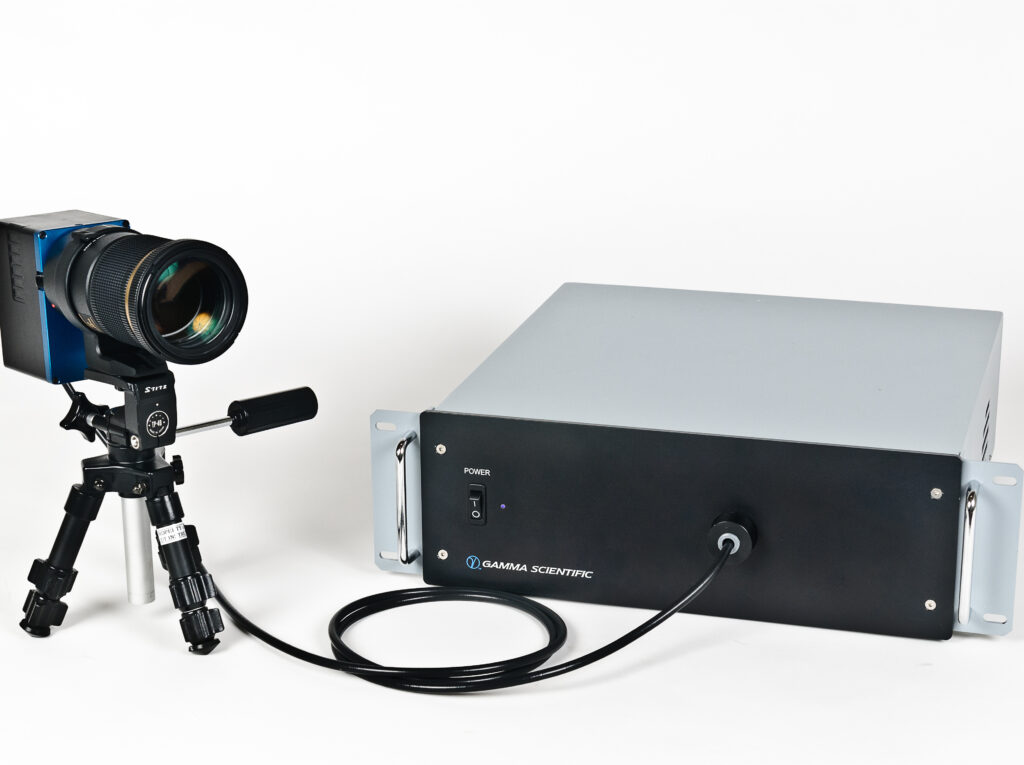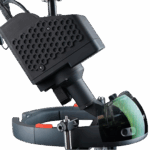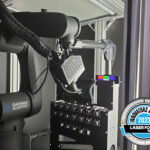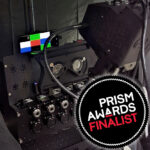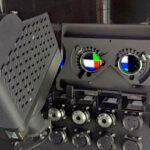March 2018 – SAN DIEGO, CA – Gamma Scientific announces an enhanced version of its GS-1290-NVIS Spectroradiometer. The instrument embodies a number of important technical advances including instrument noise floor, stray light removal, spectral accuracy and dynamic range. This results in substantially higher levels of performance, without compromising measurement speed.
Manufacturers of night vision imaging systems (NVIS) and other light sources used in the vicinity of NVIS systems must comply with MIL-STD-3009. Unfortunately, most test instrumentation providers comply with only the minimum specified requirements. For example, a system with the specified minimum 10:1 signal-to-noise ratio leads designers to incorporate a larger margin of error into their design and test acceptance criteria. The GS-1290-NVIS delivers a signal-to-noise ratio of 100:1 or greater, allowing designers to maximize system performance and production yields while minimizing test time.
The GS-1290-NVIS also employs the Gamma Scientific RadOMAcam, a radiometric telescopic system with interchangeable lenses that collects light from the DUT and couples it into a fiber optic light guide and into the spectroradiometer. The telescope configured with a fixed focus lens provides 6 different measurement spot sizes from 3.2 mm down to as little as 72 μm through software selectable apertures. The smaller spot sizes enable the instrument to measure extremely small areas of interest on the DUT – for example – a single character or even an individual stroke on a character. The RadOMAcam also contains an internal LED which projects a spot onto the DUT to indicate the precise measurement area, and the exact position of this spot can be viewed using the internal 2D camera on a monitor to facilitate precise alignment and captured for inclusion for generation of test reports.

